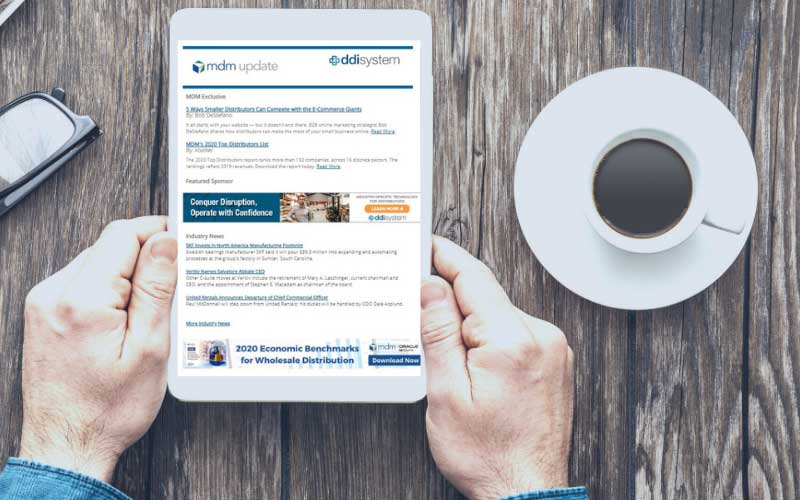To continue reading this article you must be a paid subscriber.
Subscribe to MDMAlready Subscribed? Click here to log-in | Forgot your password?
I’m a history buff. The Sears Roebuck and Co. catalog from 1900 looks a little like a cartoon today, but it holds an important lesson for distribution in 2012. On the cover is a picture of a globe, a cornucopia horn with products spilling out, a banner proclaiming to be the “cheapest supply house on earth,” and two sentences with a very important message that goes like this:
THIS BOOK… tells just what your storekeeper at home pays for everything he buys and will prevent him from overcharging you on anything you buy from him.
I thought about that Sears catalog as I mulled over the impact of Amazon’s launch …
Already Subscribed? Click here to log-in | Forgot your password?

Read the latest articles and see your reports.
The MDM update newsletter is your best source for news and trends in the wholesale distribution industry.
Wholesale distribution news and trends delivered right to your inbox.
Sign-up for our free newsletter and get:

Join other distribution executives who use MDM Premium to optimize their business. Our insights and analysis help you enter the right new markets, turbocharge your sales and marketing efforts, identify business partners that help you scale, and stay ahead of your competitors.
By providing your email, you agree to receive announcements from us and our partners for our newsletter, events, surveys, and partner resources per MDM Terms & Conditions. You can withdraw consent at any time.